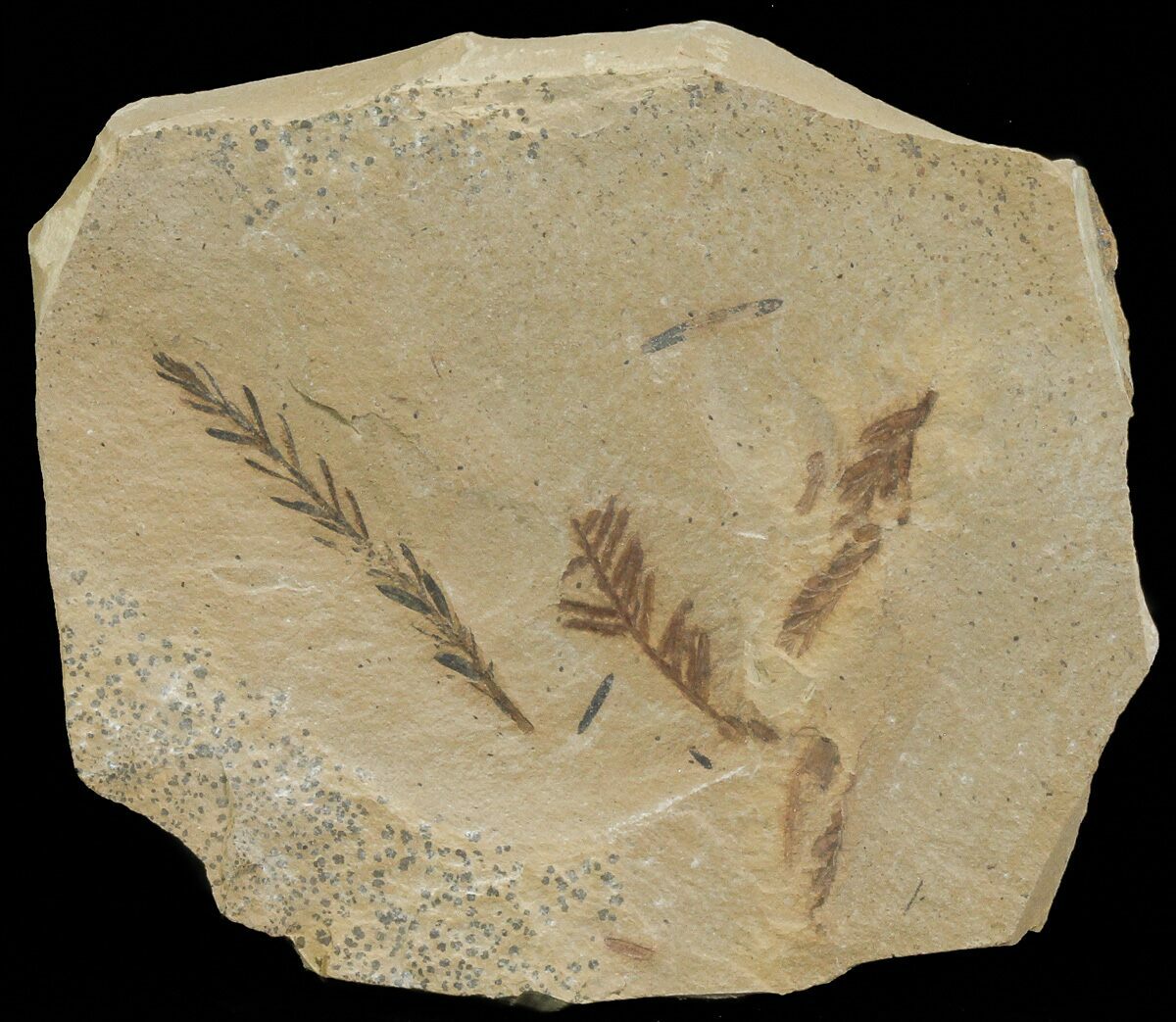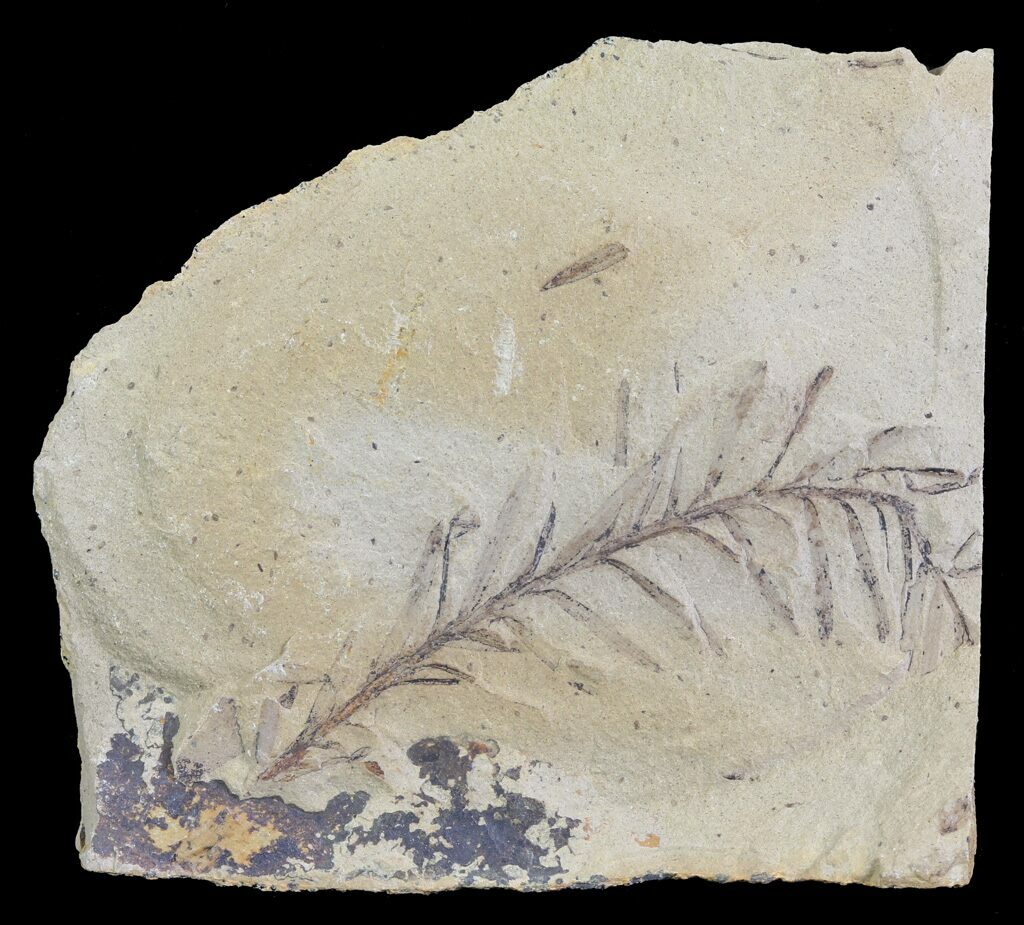
(2005), "A conservation plant for Metasequoia in China", in LePage, Ben A. Relationships within Cupressaceae sensu lato: A combined morphological and molecular approach.

Due to World War II, these were not studied further until 1946 and only finally described as a new living species of Metasequoia in 1948 by Wan Chun Cheng and Hu Hsen Hsu. Metasequoia was first described as a fossil from the Mesozoic Era by Shigeru Miki in 1941, but in 1944 a small stand of an unidentified tree was discovered in China in Modaoxi (磨刀溪 presently, Moudao (谋道), in Lichuan County, Hubei ) by Zhan Wang.

Before its discovery, the taxon was believed to have become extinct during the Miocene when it was discovered extant, it was heralded as a " living fossil". The trees are well known from late Cretaceous to Miocene strata, but no fossils are known after that. Large petrified trunks and stumps of the extinct Metasequoia occidentalis (sometimes identified as Sequoia occidentalis) also make up the major portion of Tertiary fossil plant material in the badlands of western North Dakota in the United States. During the Paleocene and Eocene, extensive forests of Metasequoia occurred as far north as Strathcona Fiord on Ellesmere Island and sites on Axel Heiberg Island (northern Canada) at around 80°N latitude. Metasequoia redwood fossils are known from many areas in the Northern Hemisphere more than twenty fossil species have been named (some were even identified as the genus Sequoia), but are considered as just three species, M. The other Sequoioideae and several other genera have been transferred from the former Taxodiaceae family to Cupressaceae based on DNA analysis. glyptostroboides is the only living species in its genus, three fossil species are known as well. Together with Sequoia sempervirens (coast redwood) and Sequoiadendron giganteum (giant sequoia) of California, Metasequoia is classified in the Cupressaceae subfamily Sequoioideae. Since that tree's rediscovery in 1944, the dawn redwood has become a popular ornamental.

Local villagers refer to the original tree from which most others derive as Shui-sa, or "water fir", which is part of a local shrine.

Although the least tall of the redwoods, it grows to at least 200 feet (60 meters) in height. It is native to the Sichuan- Hubei region of China. Metasequoia ( dawn redwood) is a fast-growing, deciduous tree, and the sole living species, Metasequoia glyptostroboides, is one of three species of conifers known as redwoods.


 0 kommentar(er)
0 kommentar(er)
